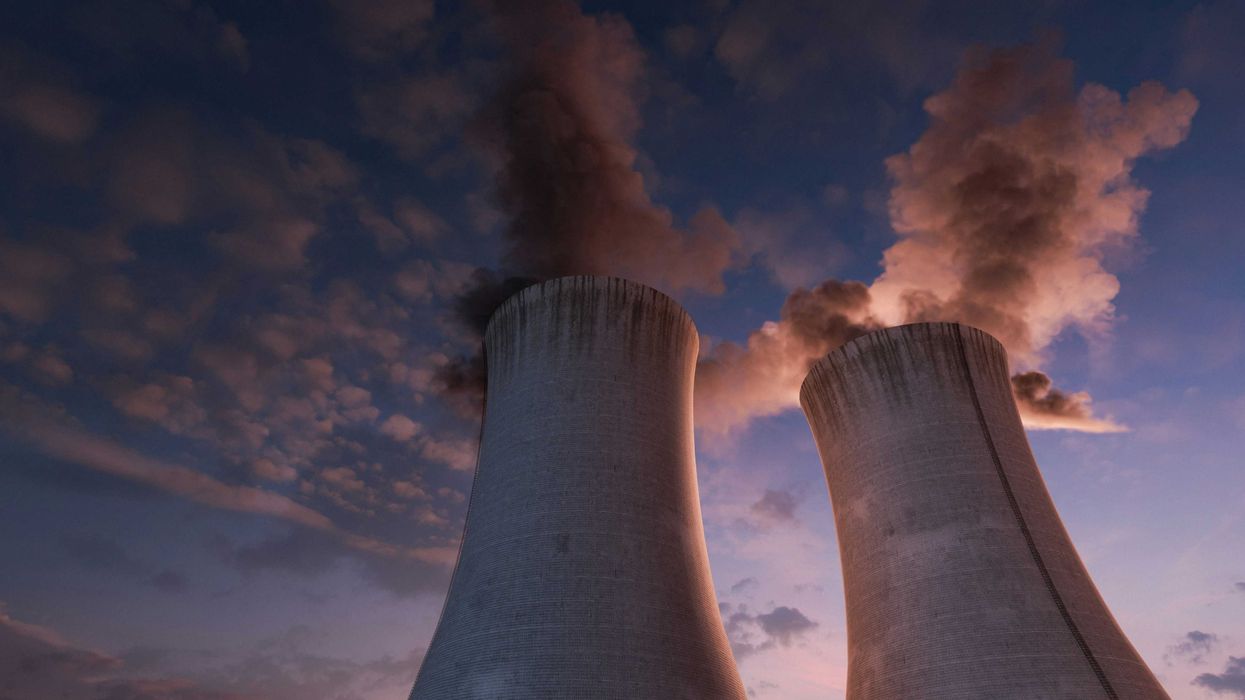The U.S. Environmental Protection Agency has mandated the removal of certain harmful chemicals from tap water, targeting better public health protections.
Josh Ocampo reports for The New York Times.
In short:
- PFAS, enduring chemicals present in various consumer products, have been linked to significant health problems, including cancer and liver damage.
- The Environmental Protection Agency's new rules mandate near-zero levels of certain PFAS in public drinking water, presenting a significant shift in water safety regulations.
- The implementation faces technical and financial challenges for water utilities, requiring substantial investment in new filtration technologies.
Key quote:
“There’s a lot of anger at companies, and questions about why this kind of regulation hasn’t happened before.”
— Lisa Friedman, reporter on the Climate desk at The New York Times.
Why this matters:
This initiative addresses longstanding environmental and health concerns associated with water contamination.
EHN's related coverage: EPA releases proposed drinking water standards for six “forever chemicals."














